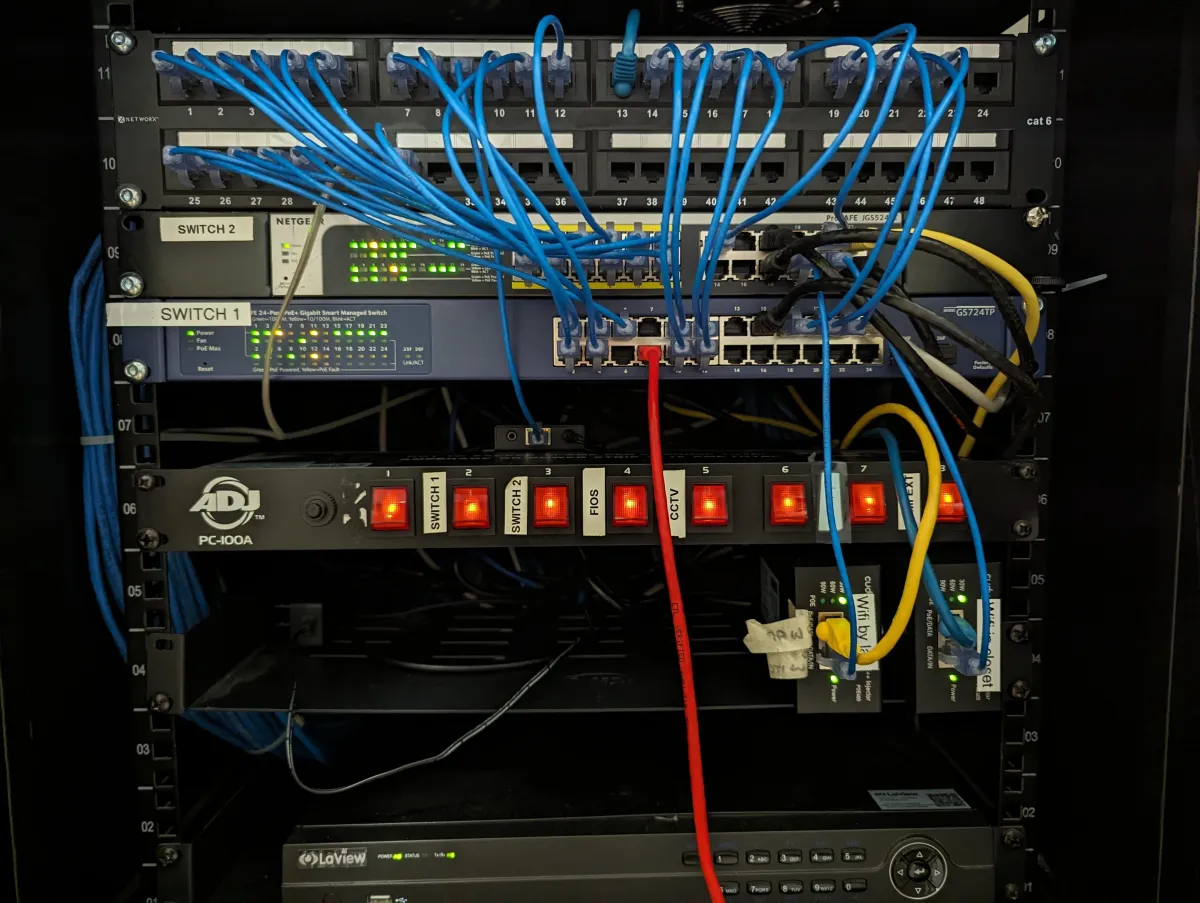
How to Protect Your Dental Office From Ransomware Attacks (2025 Guide)
Introduction
Ransomware attacks are one of the fastest-growing cybersecurity threats targeting dental offices today. Because dental practices rely heavily on patient records, imaging software, and billing systems, hackers know that any disruption can shut down operations—making offices highly vulnerable and more likely to pay a ransom.
In this guide, you’ll learn why dental practices are prime targets, how ransomware works, and the proven steps you can take to protect your data, your systems, and your reputation.
What Is Ransomware?
Ransomware is a type of malicious software that encrypts your files and locks you out of your systems. The attacker then demands payment—often in cryptocurrency—to unlock your data.
For dental practices, this can mean:
Losing access to patient charts & treatment plans
Being unable to use imaging systems
Shutdowns in scheduling, billing, or insurance processing
Potential HIPAA violations due to data exposure
The financial impact can easily exceed $50,000–$200,000, even without paying the ransom.
Why Dental Offices Are Targeted
Dental practices are uniquely vulnerable because:
1. Older Servers & Outdated Workstations
Many practices run outdated Windows machines, making them easy targets.
2. Weak Backups
If backups are not secure or not tested, recovery becomes difficult.
3. Lack of Dedicated IT Staff
Most small practices cannot monitor security 24/7.
4. Healthcare Data Is Extremely Valuable
Patient data sells for 10× more than credit card info on the dark web.
5. Third-Party Integrations
Dental imaging, PMS systems, and cloud apps create many attack points.
How Ransomware Enters a Dental Office
1. Email Phishing
Staff accidentally clicks on a fake email from Delta Dental, UPS, or a known vendor.
2. Malicious Attachments
PDFs, ZIP files, or invoices that contain malware.
3. Compromised Remote Connections
Outdated RDP access or remote login tools.
4. Infected USB Devices
Flash drives used between multiple computers.
5. Unpatched Software
Older versions of Dentrix, Eaglesoft, or Windows create security holes.
The Proven Steps to Protect Your Dental Practice From Ransomware
Below are the essential cybersecurity measures every dental office must implement.
1. Implement a Strong Backup & Recovery System
Your backup must be:
Off-site
Encrypted
Automated
Monitored daily
Tested regularly
This ensures you can restore your data without paying a ransom.
2. Keep All Software Updated
This includes:
Windows operating systems
Dental PMS software
Imaging software
Antivirus tools
Firewall & security patches
Hackers target outdated systems because they contain known vulnerabilities.
3. Train Your Team to Recognize Cyber Threats
Human error causes over 80% of ransomware infections.
Your staff should learn:
How to recognize phishing emails
Not to download files from unknown senders
How to spot fake login pages
Password best practices
Even one wrong click can infect your entire network.
4. Use a Business-Grade Firewall & Endpoint Protection
Dental offices need:
Next-generation firewalls (NGFW)
Advanced antivirus/EDR
AI-based threat detection
Intrusion prevention systems
Consumer-grade routers and free antivirus tools are not enough.
5. Restrict Access to Sensitive Systems
Enable:
Role-based access
Strong passwords
Multi-factor authentication (MFA)
Limited admin privileges
This reduces the spread of ransomware if one account is compromised.
6. Secure Remote Access
Remote desktop access must:
Be protected with MFA
Use a VPN
Never be left open to the internet
Be monitored for unauthorized logins
Many ransomware attacks originate from vulnerable remote access ports.
7. Get a Dental IT Provider for 24/7 Monitoring
Ransomware attacks don’t wait for business hours.
A specialized dental IT provider can monitor and block threats in real time.
They help with:
Patch management
Backup monitoring
Vulnerability scanning
Firewall management
Incident response
HIPAA-aligned security
This is the most reliable way to protect your practice long-term.
What to Do if Your Dental Office Gets Hit by Ransomware
If your system is infected:
Disconnect affected computers immediately
Do NOT turn off your server (this can destroy evidence)
Contact your dental IT provider immediately
Report to authorities (FBI/IC3)
Notify patients if data exposure is confirmed
Work with professionals to restore clean backups
Do not pay the ransom unless advised by a cybersecurity expert.
Final Thoughts
Ransomware attacks on dental offices are increasing every year, but with the right protection in place, your practice can remain secure, operational, and compliant.
Investing in cybersecurity is not an expense—it is a safeguard against downtime, lost revenue, and HIPAA violations.
If you want help securing your dental office systems, TST Support provides:
24/7 monitoring
Secure backups
Ransomware prevention
HIPAA-aligned cybersecurity
Full dental IT support
Your technology should never get in the way of patient care.


